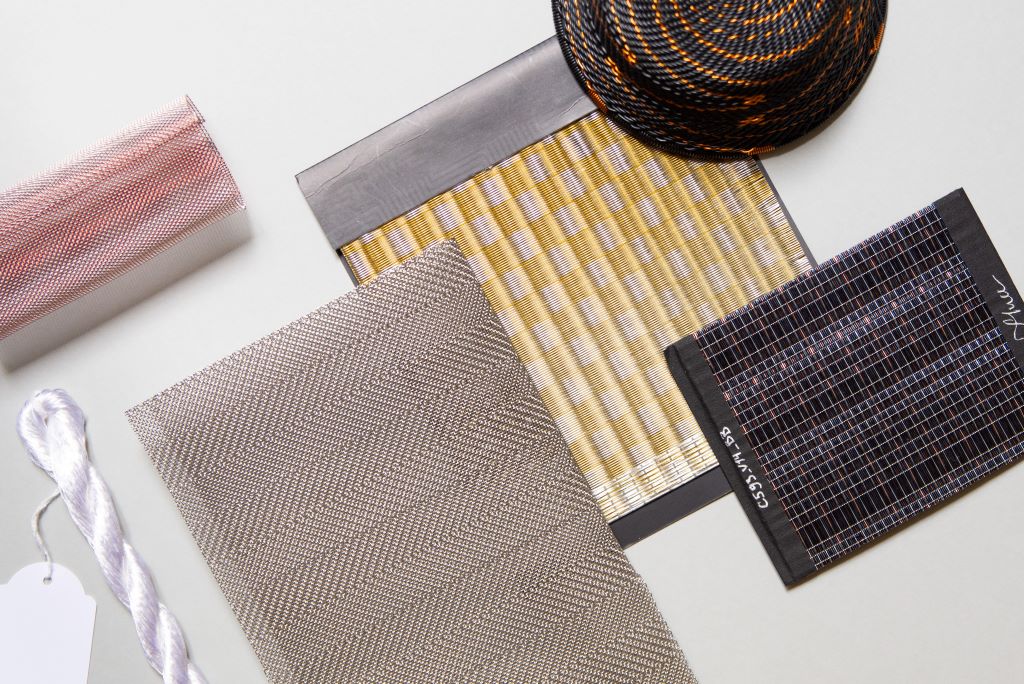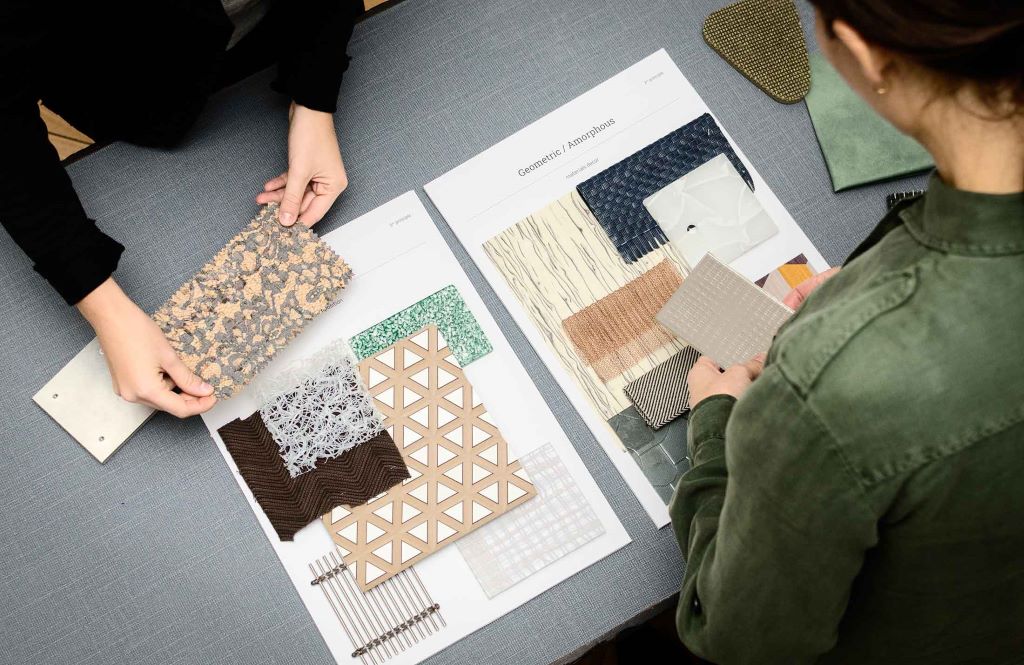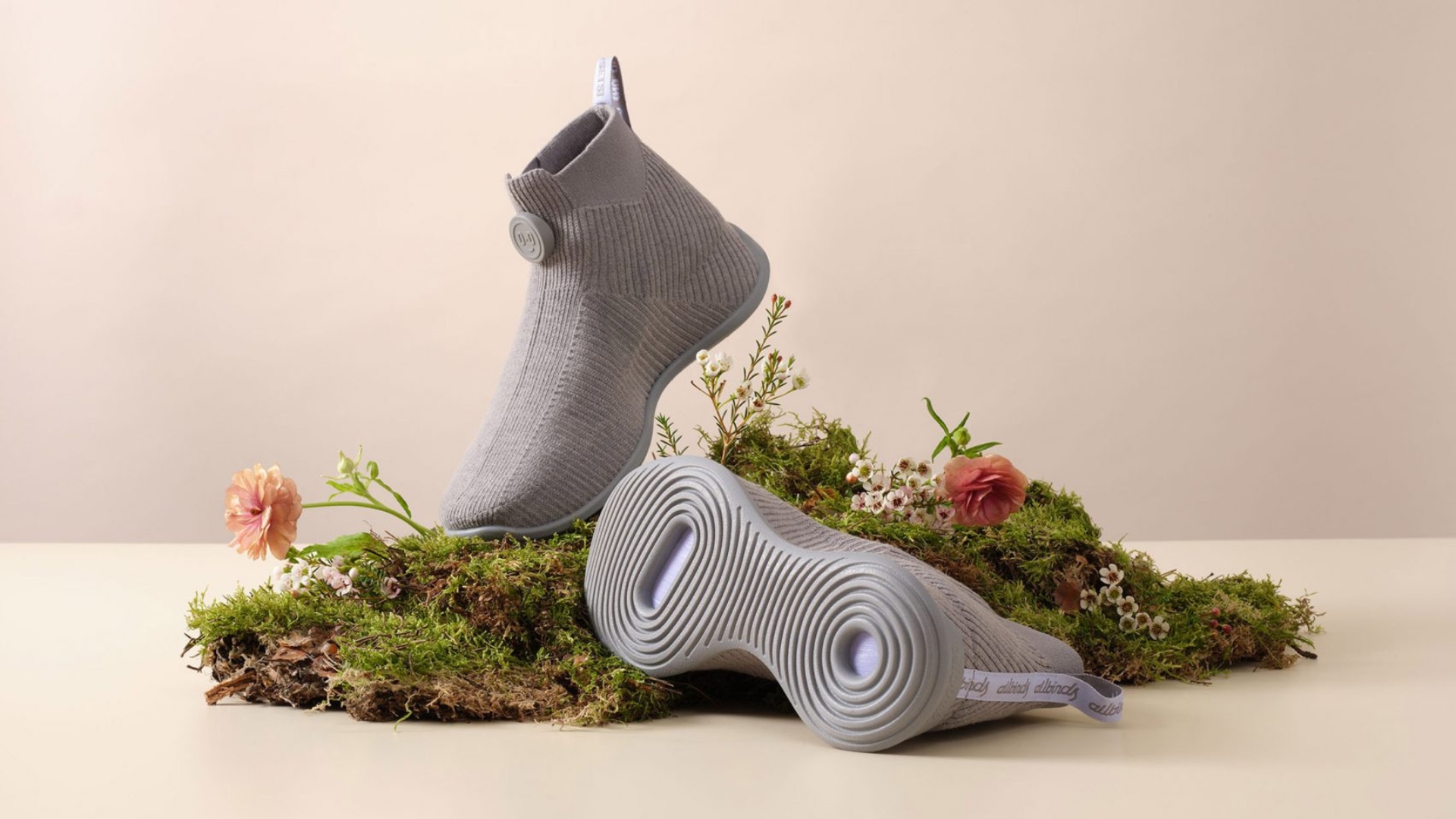Inside the sensory nature of products with CMF consultancy Baolab

Based in Milan and operating internationally in different fields, from automotive to interiors, Baolab is not an ordinary CMF (colour, material, finishes) consultancy. It offers unique strategic creative thinking on colors, materials and trend forecasting while shaping the stories behind products and brands.
Milan, Brera. Within one of the most vibrant artistic areas and busiest districts of Milan Design Week, Baolab was born as an innovative design laboratory. Adopting a strategic approach and with a heterogeneous team made of experienced professionals, it delivers research on materials and exclusively advanced technologic processes, colour & trend forecasting and CMF design.
Baolab offers ideas to clients who wish to launch a new emotional image of their products or brands. It shapes the talkative side of products, by working on their so-called “soft” or “light” features: tactility, temperature, surfaces and many more.
Always sharing stories by design in all of its forms, DesignWanted took the chance to interview this Milanese yet international venture, to find out more about their journey, expertise, process and practice, encountered challenges and next steps.

How did the journey for Baolab begin?
Baolab: “Almost by chance. Like all good stories. We both attended the same university in the same period. During the studies at the faculty of architecture at Politecnico di Milano we never met. Each of us then took its own way, following our own interests, on two parallel tracks which then, at some point, luckily, crossed. We found ourselves working on a strategic project for an important telecommunications company.
We really enjoyed working together, so we decided to continue working on what we liked most, which is working on CMF (colour-materials-finishing) and materials design. In the beginning, it was not easy, considering we started in 2008. But we are both quite determined and bold.
We have created our own working methodology that we are able to apply to very different projects. And we realized that what we liked to do, also corresponded to an interesting “niche” in the market. Designing the identity of products through their “soft” qualities, such as color, tactility, temperature, was not so ordinary.“

Why Baolab? Why focus on strategic creative thinking on colors, materials and trend forecasting?
Baolab: “We have always liked working with these soft qualities for various reasons. First, because it allows us a very empathic approach to the matter, a physical and immediate approach, where perception wins over other instances, which have always been considered more relevant, such as form, function, or performance.
However, you should not think that the design of the sensory part of a product is purely emotional, conversely, it usually requires fairly in-depth technical knowledge: one must know how a surface is made, of what material, which are the machines that transform it, which are its limits and potentialities. And above all, you have to know if what you are doing might like it or not, to whom, in which countries etc.”
Minimal, colourful, and tasteful: let’s discover Inga Sempé’s wise approach to colour and functionality!

Baolab: “Emma and I like a lot to visit production sites, to see how things are done, to learn from the technicians that are the best custodians of precious knowledge. There are talented producers, large and small, who simply cannot speak to an audience other than their usual one because they do not have a correct narrative, through our work we help them to discover the potential of their know-how.
We started working in this field driven by curiosity and a little restlessness. We love working on projects with different scales because we strongly believe that the contamination between pieces of knowledge is the true basis of every good project.
We do this work because we strongly believe that the sensory part of a project is as fundamental as the formal one. It is a work close to our character: it is discrete, it does not declare itself, but it is powerful and profound. When we transform sensations and emotions into colors and material compositions, we combine beauty and performance, story and image through our work.”

Do you consider research an essential part of the design process? How important is it when you begin working on a new CFM project?
Baolab: “Yes, for us the research reflects our constant curiosity. And it is, of course, a crucial element of all we do, since it allows us to harvest a solid base on which to develop all of our future projects. We must be always updated on material innovation and cultural trends to be able to realize our work.
We believe that it is the continuous and unstoppable desire to know more, to be always up to date, that allows the project to have solid foundations on which to grow.”

Baolab’s expertise includes material research and development. What is your process when approaching these subjects when developing a new project?
Baolab: “There are two fundamental elements to keep into consideration when you start a new project: one technical and one communicative. When we research or develop a new material the very first thing we need to do is to study. Studying what the material is made of, what its origin is, what are the machines that transform it and what are its performances.
At the same time, however, we need to understand what we want to tell users by choosing this specific material, what story we are going to tell, what message we are giving. A simple ball tells quite different stories if it is black or yellow. Colors, materials, surfaces, weight, temperatures, and many other elements combined will tell the identity of a product and will define the application context and the type of users.
You can start indifferently from one point or another, sometimes there are projects in which the technical constraints are so many that it is necessary to start from them, other times there are more expressive possibilities, in this case, you can start defining the story.”

Baolab aims at enhancing the sensorial qualities of a product to create a link between the object and the user’s personal experience. What are the hardest aspects you encounter when enhancing these sensorial qualities through CMF?
Baolab: “Perhaps the most difficult thing is to make it clear that it works. When we meet new clients, we often explain to them how a simple wrong color choice can negatively affect the sale of a product: it is easier to understand that a blue apple sells less than a yellow one…
Sometimes there are difficulties in coding, the world of color is quite standardized (Pantone, NCS, Munsell) but for other types of sensorialities, there are no precise shared tools, so that it becomes compulsory to work on physical samples. But we like this a lot because it implies face-to-face contact with producers and customers!”

For Baolab, is the prototyping phase of design a crucial step for understanding the final product? How so?
Baolab: “When a new material is proposed, the prototyping and testing phases become fundamental. The close collaboration with the technical and quality control departments of the various companies helps us a lot in these phases. The search for the right material always goes through many physical checks.
In this sense, our material library is more than useful – it’s absolutely essential. We have expanded this collection which has more than 3000 samples of all kinds, which allows us to perceive our experiments, to understand their strengths or weaknesses, from many different points of views: chromatic, tactile, production costs, circularity etc.”

As a CMF consultancy, do you believe trends should be followed or used as case studies?
Baolab: “We do not find it very correct to use the word trends, perhaps it would be better to call them emerging aesthetic languages. What makes these languages vary cyclically always derives from economic, and consequently social, changes. We can consider these changes as long and deep movements that then flow into different shapes, colors, textures, and materials from time to time.
Following a trend can perhaps simplify the work process, but what matters is to understand why that specific trend is underway, what does it mean, what does it tell us. If you understand it, then what you should do is to translate these values into your own product sector. If you follow the color of the year but do not know if it goes on an eyeshadow, on a car, or on a linen curtain, it maybe does not work that much…”

What is the next step for Baolab?
Baolab: “Luckily, we work with an exceptional team: they are young and curious, very skilled in designing but also in communicating and using different media, also because, given the current situation, these are the only channels available today…
They know how to transfer our working world, which is very physical and perceptive, into images and texts capable of creating emotion, capable of making feel the true nature of our work. And it is not trivial, believe me.
We are experimenting with different media of communication, some of them really very interesting and innovative, we will soon understand which are the best for Baolab and we will continue to tell you intriguing new stories.”
What about the identity of spaces? Taking the example of offices, here is a set of beautifully designed, destination-worthy workplaces.







